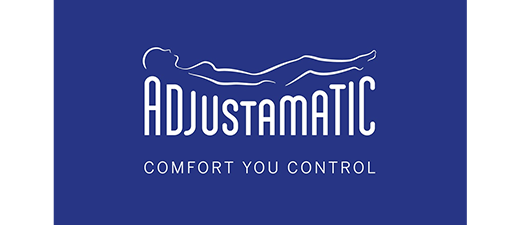Home lifts for the disabled
 Homelifts
Homelifts
Your home is your sanctuary. It’s where you feel safest and most comfortable. Yet, when simply getting up and down the stairs becomes problematic due to mobility issues, your home can feel restrictive.
Home lifts for the disabled are a great way to get your independence back, allowing you the freedom to move all around your home again.
For comfort, style, flexibility, and simply for ease of use, a ‘through floor’ home lift is the best option for domestic use if you suffer from mobility issues, and the overall costs will vary depending on the size of lift, the number of stops, design specifications, and the amount of preparatory building work required.
However, there are some important questions to ask yourself before choosing to install a home lift into your property. Always make sure you read numerous online reviews from people who have had them installed, and speak in-store to experts and suppliers, as well as the team that are going to deliver and install your home lift.
You should start by considering the size of lift you want for your home. The right size for you will depend on the following points:
- How much space is available in the room where the lift will be fitted.
- How many people the lift needs to accommodate at once.
- The size of the user’s wheelchair (if they intend to stay in their chair whilst using the lift).
- Whether any additional care equipment will be transported in the lift.
A standard sized lift is generally more affordable than a custom-made lift but crucially, the biggest advantage of a custom lift is that you get more control. You can adapt the lift to fit the space you have available, avoiding the upheaval and cost of building work, adapting specifically to your home.
So, in cases where a lot of building work would be required a custom lift may be more cost-effective.
Taking your health factors into consideration, also think about which specific lift specifications you’ll require. The design specifications and optional extras you choose play a big part in the overall cost of a home lift.
For example, do you need larger buttons on the control panel or a seat built into the lift? Once you have a list of ‘must-haves’, find out from your supplier which are included as standard and which are upgrades that will end up costing extra.
Lastly, think about servicing and maintenance costs once it is installed. Once you know how much a home lift installation will cost, you may also want to think about how much it will cost to run, service and generally maintain your lift.
Running your lift will affect your energy bills and if your supplier doesn’t offer a warranty or servicing then you may have to pay more to third-parties for any repairs or maintenance.






